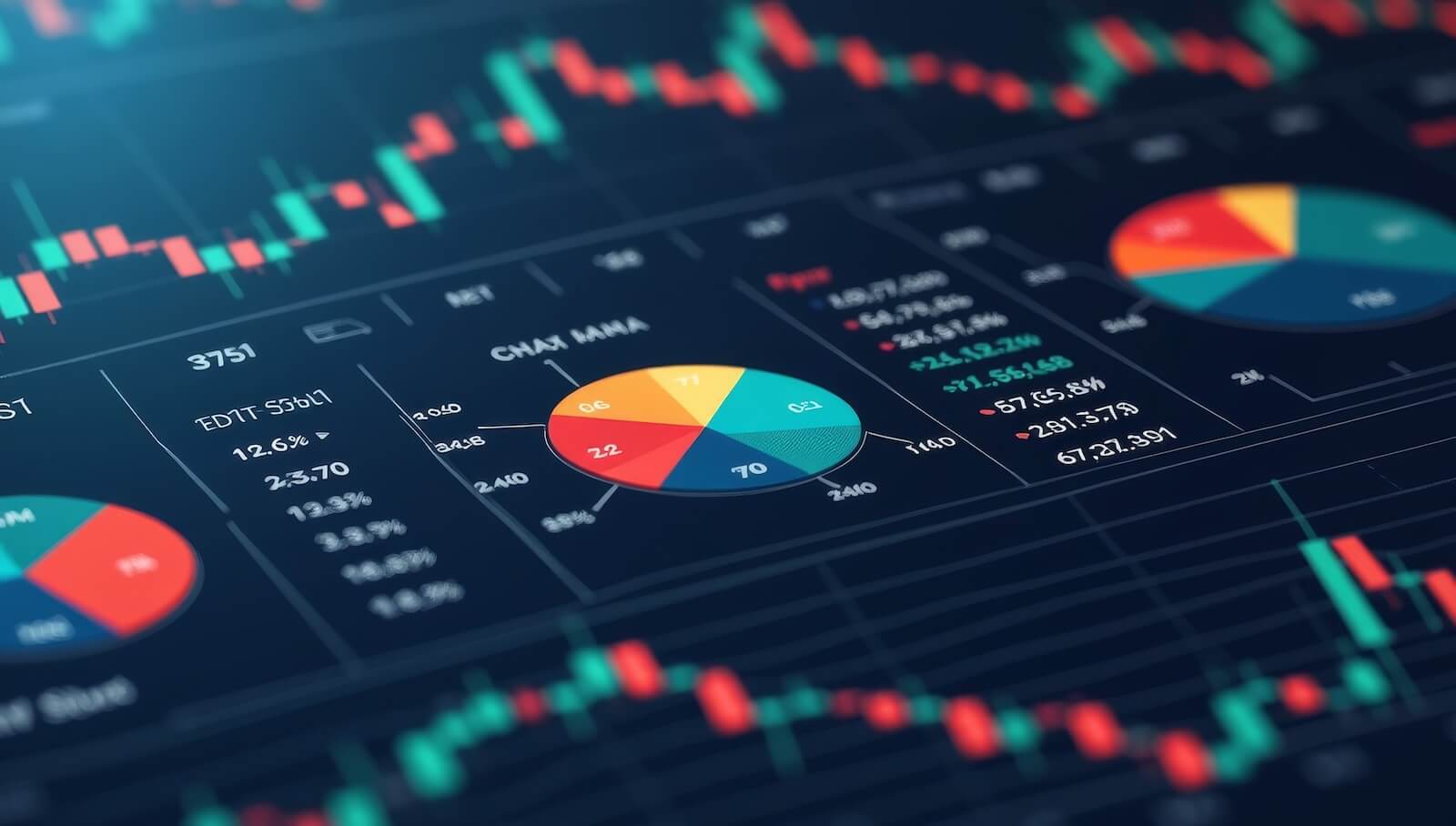MONEY IS SWITCHING FROM SMALL GROWTH TO LARGE VALUE -- NEW INDUSTRIAL LEADERSHIP
VALUE VERSUS GROWTH... I recently wrote about rotation from small cap stocks to large caps. Not only are investors shifting from smaller to larger stocks, but there's a recent preference for value stocks over growth stocks in both categories. Chart 1 plots a ratio of small cap value stocks to large cap value. Small value stocks led the advance from March to June. Then the ratio flattened. This month, however, the ratio has risen to a new high. That means that investors are showing a clear preference for small value stocks instead of small growth. Chart 2 shows the same pattern in large cap stocks. Over the last month of the year, the ratio of large cap value divided by large cap growth has broken out to a new high. A more interesting switch can be seen between small and large caps. Small caps have been leading large caps all year. Their order of relative strength has been small value, small growth, large value, large growth. During December, however, several switches occurred. Large value has jumped from third to first place. Small value has slipped to second. Large growth has moved from fourth to third place. Small growth has slipped to last. That means that both large cap categories now lead both small cap categories. The most notable gain is seen in large value, while the most notable drop is seen in small growth. That new preference for large cap value stocks over small cap growth stocks can be seen in the ratio in Chart 3. The bottom line is that there's not just a switch from small caps to large caps. There's also a switch from small cap growth to large cap value.

Chart 1

Chart 2

Chart 3
INDUSTRIAL LEADERSHIP... A lot has been written recently about the new leadership by industrial stocks. Charts 4 and 5 shows two ways to view that new leadership. Chart 4 is a ratio of the AMEX Industrial Sector ETF divided by the S&P 500. It shows the industrials starting to climb in two stages. Stage one took place during July. The ratio started up again in late October, but didn't reach a new high vs. the S&P 500 until this month. That means that Industrials are now rising faster than the rest of the stock market. Chart 5 may be more meaningful since it compares the Industrial ETF to the Nasdaq Composite Index. The Industrial/Nasdaq ratio had been falling all year. It bottomed in October, but didn't break the down trendline until this month. That explains why the Dow Industrials have been hitting new highs each day, while the Nasdaq hasn't. Historically, the market doesn't do as well when the Dow is rising faster than the Nasdaq. It does mean, however, that the Industrials are a better place to be.

Chart 4

Chart 5
INDUSTRIAL LEADERS... Over the past week, the top performers in the Dow Industrials have been Alcoa, Boeing, Caterpillar, Exxon Mobil, and 3M. Caterpillar and 3M reached all-time highs. Boeing hit a new 52-week high. Alcoa was the Dow's biggest riser on Friday. Its weekly chart shows the aluminum producer moving up toward the highs formed at the start of 2002. The stock is of course benefitting from rising aluminum prices. The strength in Exxon Mobil reflects new money flowing into the energy sector. XOM reached the highest level in sixteen months. Although it's not in the Dow, Navistar was another industrial standout. The monthly bars in Chart 8 show the stock reaching the highest level in four years.

Chart 6

Chart 7

Chart 8
NEXT DOW TARGET... The monthly Dow bars help put the current uptrend in better perspective. With the Dow having moved over 10K, the next potential upside target becomes the early 2002 peak at 10,673. As Chart 9 shows, that level coincides roughly with a down trendline drawn over the 2000-2001 highs. The Santa Claus rally usually kicks in near the end of the year and should lend additional strength. Seasonally, the market is about halfway through its traditionally strongest three-months of the year that usually last from November to January. Hopefully, those favorable seasonal trends will bring glad tidings to the Dow Industrials through the holidays and into the first month of the new year.

Chart 9











